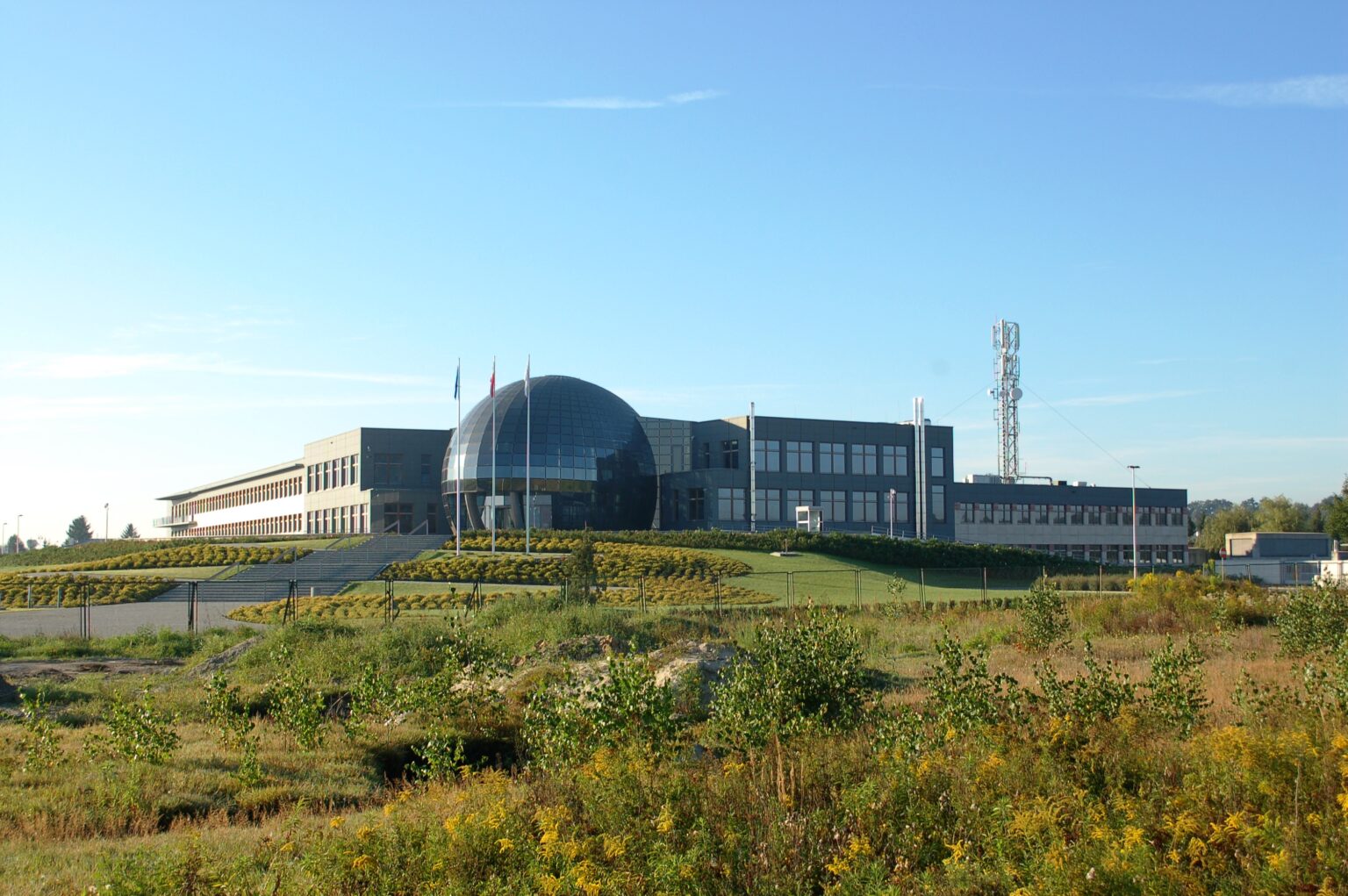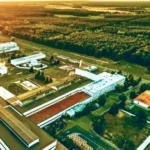The government is planning to introduce changes to facilitate the integration of the growing number of renewable energy sources in Poland. This includes dynamic tariffs and a new role for the grid operator located at an HQ dubbed Fort Knox.
„I want to systematically facilitate investments in the grid, not only through financing or special acts, but also the development of investment competencies of the transmission system operator itself and its active participation in licensing processes and dialogue with the local community,” Anna Trzeciakowska, the newly appointed Government Plenipotentiary for Startegic Energy Infrastrcuture, told BiznesAlert.pl. „I am aware that investments in the network can cause concern to residents and their voice must be properly taken into account,” she explained. Grid expansion is essential to distribute energy from distributed renewable sources. Therefore, the operator has to be involved in the process leading to their construction.
In addition to the new role of the Polish electricity grid operator based in a building in Konstancin-Jeziorna, known as Fort Knox, there will also be changes in market mechanisms so that energy consumers can respond flexibly to price changes that often fluctuate due to weather-dependent supply variability from renewable sources. „In addition to the purely investment aspect, the integration of RES also requires the development of market mechanisms appropriate to periods of excess supply of electricity over demand, i.e. stimulating an increase in energy consumption or reducing its production in order to balance the National Electricity System and meet the conditions for its safe operation,” Anna Trzeciakowska told us.
One solution is dynamic tariffs, i.e. changing the price of energy depending on the energy supply. When there is more of it on the market, the price in the tariff should fall – when there is less, energy should become more expensive.
„The dynamic tariffs offer is, on the one hand, a chance for cheaper electricity in the event of energy surplus in the system, but also poses the risk of a high price when there is less energy,” explained Rafał Gawin, President of the Energy Regulatory Office, in response to questions from BiznesAlert.pl. „This raises the question what the final benefits will be for the customer. If a few zlotys, then this may turn out to be too small an impetus to savings and the use of dynamic tariffs. In addition, it is necessary to introduce, in addition to the dynamic tariff, additional solutions in the household that would themselves respond to lower prices – for example, smart home. If the customers need to coordinate this entire process this might be too time-consuming, which will discourage people from dynamic energy consumption,” the Energy Regulatory Office President told BiznesAlert.pl.
According to EU regulations, Poland is to introduce dynamic tariffs from 2024. The changes are already underway.
Wojciech Jakóbik









